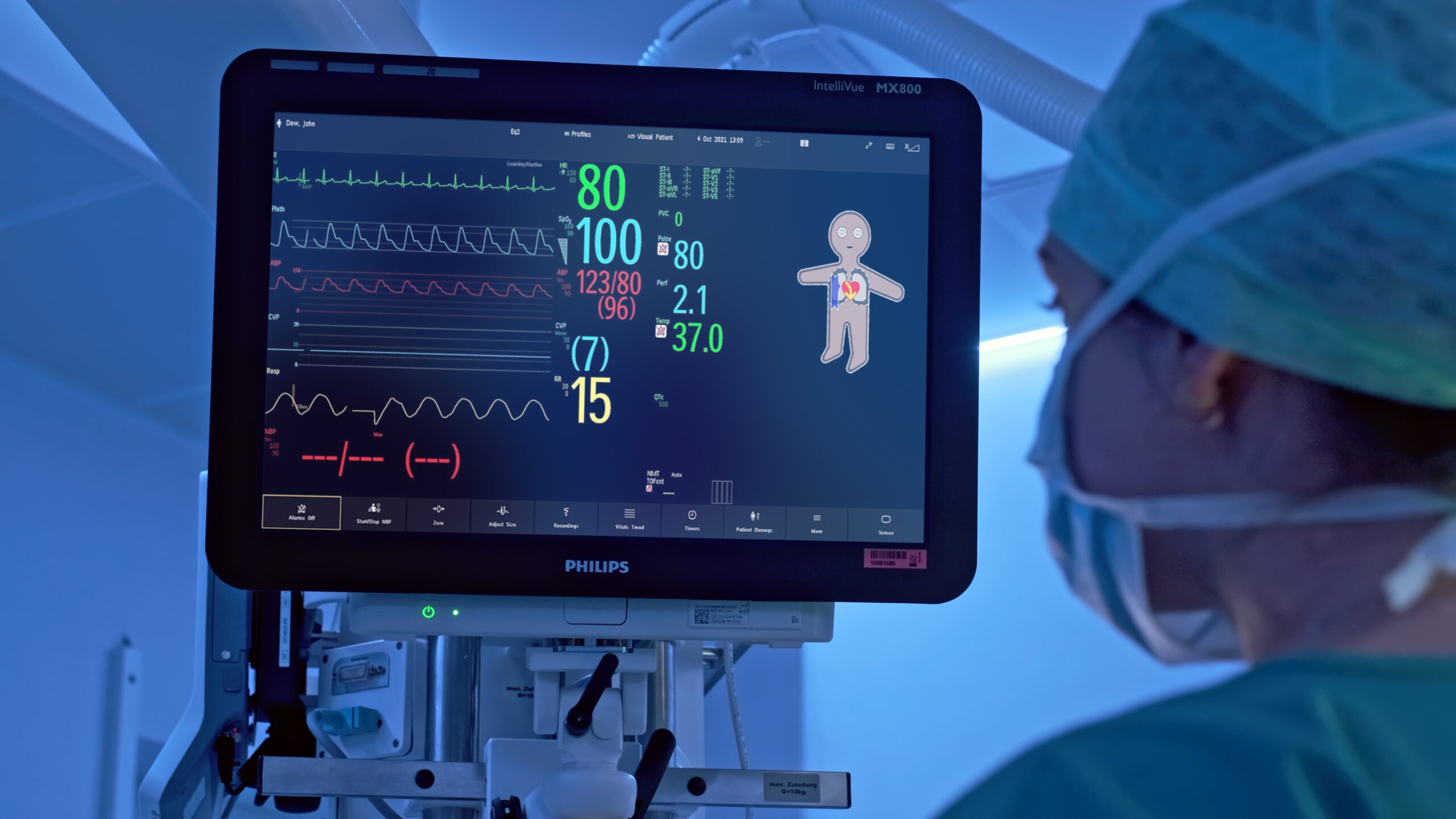
Dutch health technology company Royal Philips has introduced the Visual Patient Avatar, its new advanced patient monitoring solution that displays critical patient information in the form of simple visual avatars.
Philips designed the Visual Patient Avatar in partnership with two clinicians at the University Hospital of Zürich, Institute of Anaesthesiology’s Visualisation Technology Research Group.
The clinicians took inspiration from an airplane’s dashboard that uses synthetic vision technology to share simple illustrations that reflect flight environments.
Believing that visual display would help reduce human error in the OR, they deployed a similar visual approach to patient monitors, to create the Visual Patient Avatar.
Currently, time constraints and information overload in the operating rooms (ORs) lead to poor situational awareness, which is responsible for 81.5% of anaesthesia-related errors.
Legacy OR monitors display vital signs and numbers that require time to interpret, which affect the caregiver’s ability to process the information and make timely clinical decisions.
Philips said that its Visual Patient Avatar is designed to improve situational awareness by visualising critical patient information in the form of animations, colours, and shapes.
It allows anaesthesiologists and nurse anaesthetists to rapidly recall and process critical data more confidently, by a simple glance at the monitor.
University Hospital of Zürich consulting anaesthesiologists David Tscholl and Christoph Nöthiger said: “Both flying planes and caring for patients involve continuous evaluation of critical parameters in high-stakes environments.
“As licensed pilots and anaesthesiologists, we know the impact that situational awareness has on the successful outcome of our tasks and the safety of those who are affected by our work.
“In the air and in the OR. We had a vision to simplify the way critical information is presented in clinical settings and working with Philips to help bring this vision to life is sure to help revolutionize care.”
Philips and the University Hospital of Zürich jointly conducted studies with more than 150 clinicians in two Swiss hospitals to validate the Visual Patient Avatar.
In the studies, Visual Patient Avatar has helped participants recall more than double the number of vital signs, after 3- and 10-second looks at the monitor, compared to identical monitors.
The new device increased the percentage of perceived vital signs by 57% when viewed for 10 seconds while decreasing the perceived workload for the task by 12%.
Also, Visual Patient Avatar helped participants correctly identify 73% of all vital sign information during the first use, said the Dutch medical technology company.
Philips hospital patient monitoring general manager Christoph Pedain said: “Created by anaesthesiologists for anaesthesiologists and nurse anaesthetists, the intentionally simple design of Visual Patient Avatar is having a profound impact on clinical confidence and addressing cognitive overload.
“By helping clinical care teams make timely decisions without losing their cognitive focus, they can prepare for what may come next – improving patient outcomes and saving lives.”






